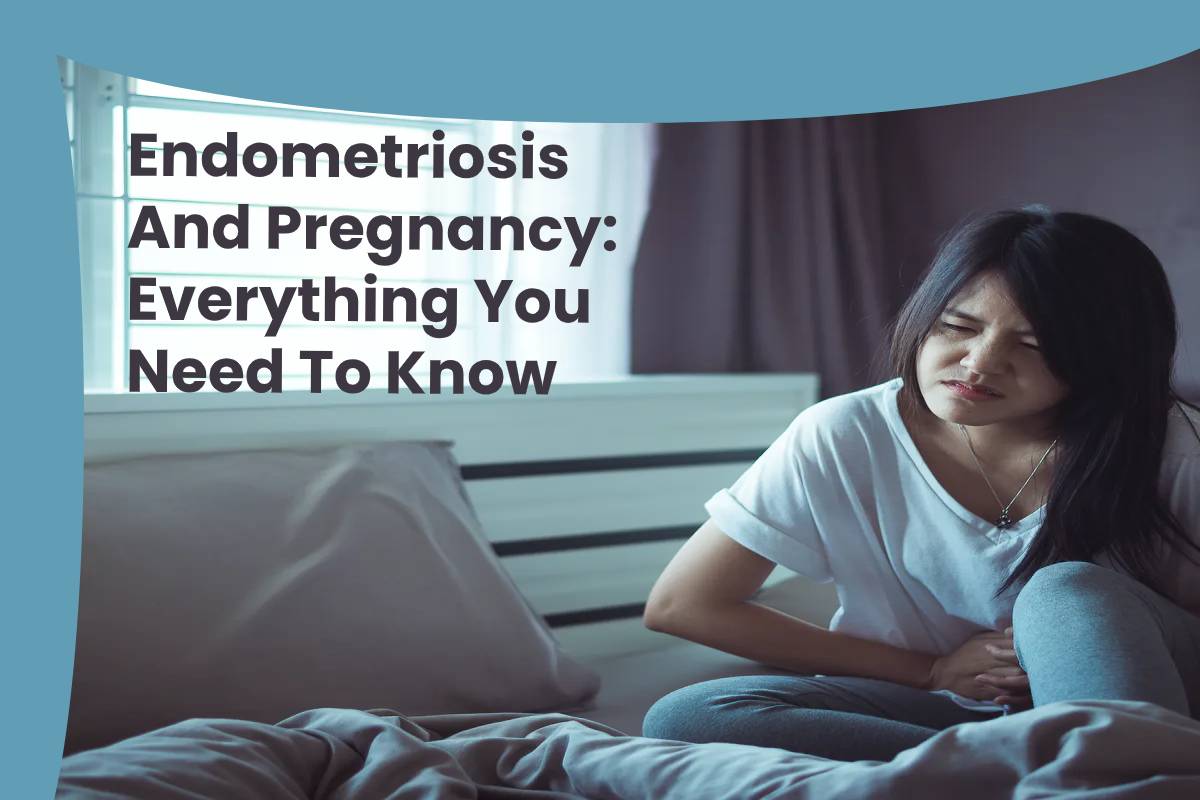There are two types of anorexia, and both are eating disorders that originate from psychological problems. These pathologies most frequently affect adolescent women, although they can occur in both genders at any age.
Anorexia nervosa is a disorder that affects people’s eating behavior. The types of anorexia are different presentations of this psychogenic clinical picture characterized by a pathological rejection of food and the obsessive fear of gaining weight.
There are two primary forms: purgative or compulsive and restrictive. Each one shows different characteristics and manifestations, with a significant health risk. It’s important to be able to detect when someone has an eating disorder so that steps towards recovery can be taken.
Table of Contents
What Is Anorexia?
The first thing that must be clear to understand the typical picture of this disorder is that anorexia, as such, is a lack of appetite, which is a symptom that occurs for very different causes. In other words, not all anorexia is nervous.
Anorexia nervosa proper is a specific eating disorder, the main characteristic of which is the unhealthy interest in losing weight and reducing body volume. There is an obsession that goes beyond the legitimate concern for better nutritional status. People suffering from this problem have a distortion in the perception of their body image.
When this desire to lose weight or the fear of gaining weight continues, the person suffering from it can reject all kinds of food, including drinks other than water—such a strict diet, devoid of nutrients, and accompanied by other harmful actions for health. So can sometimes lead to starvation, which is the extreme loss of strength due to malnutrition.

The Two Types Of Anorexia
As we well anticipate, there are two types of anorexia. Both are serious, as a result, are pathological weight loss and lack of nutrients by not eating them. We tell you about them below.
Restrictive
Of the two types of anorexia, this is usually the prelude to other more severe manifestations of this disorder. It characterized by the desire to lose weight through very restrictive diets. Many times, these eating plans are followed or complemented by long fasts.
Anyone with restrictive anorexia manifests an iron resistance to eating—this deprivation of food, especially those high in fat or carbohydrates. So accompanied by the practice of very demanding exercises, always in pursuit of the goal of continuing to lose weight.
Those who suffer it do not recognize fatigue and over-demand their body with excessive sports routines. Hyperactivity is one characteristic of the strictness of its diet, from which more food removed each time. In these people, there is a lot of physical control and, at the same time, a psychological lack of control.
Patients with this type of anorexia have very defined character traits. They are perfectionists, rigid, attached to norms and order, orderly, and not very fond of being carried away by impulses. Usually, this disorder occurs during adolescence or early stage of youth.
Compulsive
Compulsive anorexia also is known as purgative. It is one in which the patient gives in to binge eating, but then uses purges, such as self-induced vomiting, consumption of non-prescribed laxatives or diuretics. These are people who lose control due to the urge to eat food.
This type manifests itself in the following phases:
- Binge phase: during it, the affected person consumes food, generally quickly, for proper digestion. The sensation you experience is that of an uncontrollable urge to eat.
- Purge: after binge eating, purging presented to the person as the only option. It includes practices such as self-inducing vomiting, inserting fingers into the throat. Laxatives or diuretics took. Repeated vomiting can cause dental erosion.
Those who are most affected by purgative compulsive anorexia are impulsive adolescents. These are young people whose emotions are fickle. Her thinking focused almost entirely on a strict body self-evaluation, always following the prevailing cultural mandates.

Causes For Both Types Of Anorexia
The types of anorexia described here have a multicausal origin. Studies have shown that in many cases, there are biological causes linked to the functioning of gastrointestinal hormones. The scientific community is also studying the possible incidence of genetic factors.
The family order seems to influence predominantly. A person who has grown up in a family with members who suffer from mental or neurological disorders. And has a higher risk of experiencing some type of anorexia during his adolescence—also, those who come from very demanding and perfectionist families.
In the same order, the fact that another person in the nearby group suffers or has suffered from anorexia may be essential. Likewise, the experience of broken interpersonal ties and poor communication, or little fluidity in the expression of emotions, could lead to the same result.
The Role Of Society
Society and culture also play an essential role in eating disorders. The fact of belonging to social groups in which the body must adjust to certain stereotypes is a significant factor. On the other hand, the media broadcast extremely slim body models.
Whatever the type of anorexia, the consequences are severe, and the approach cannot wait. If you know someone who suffers from this disorder, do not hesitate to help them consult with professionals in the field.



